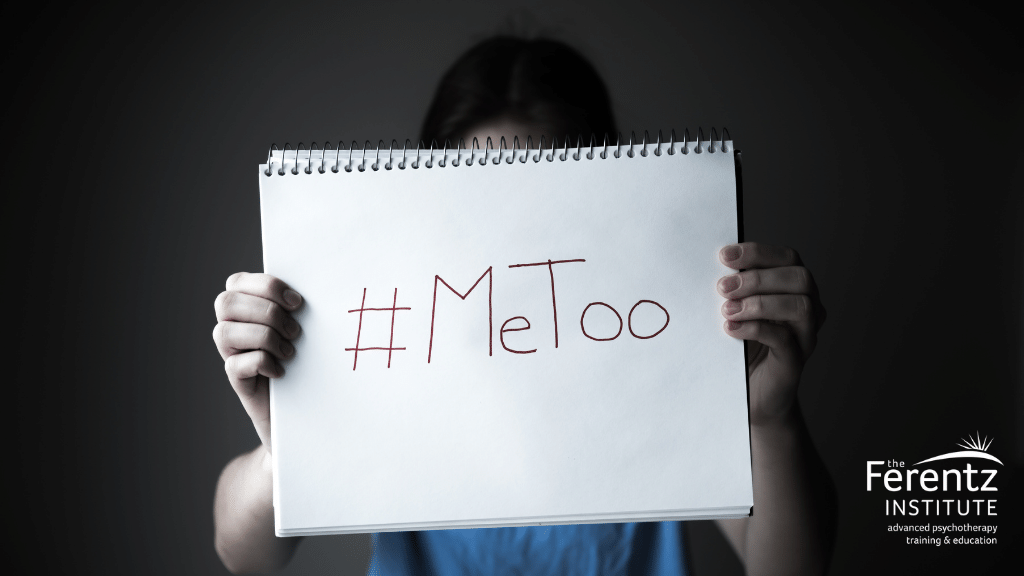
Many years ago, I was asked to give a speech for “Take Back the Night,” a rally held at Dupont Circle in Washington, DC. sponsored by a rape crisis center. My talk focused on empowering women to use their voice in response to sexual assault, reminding them it was never their fault and that healing, with compassionate support, was possible. There were about 200 people spread out around the circle, some listening intently, others just milling about and not particularly connected to the content. But there was a certain palpable, intense energy in the air, and those who were focused on the talk exuded anger, pain, and determination. I knew that something important was beginning to take shape.
What started out as informal rallies and marches by women protesting rape and sexual assault grew into a coordinated, International movement to raise awareness about violence inflicted upon women. In the late 1980’s a week in April was designated as “Sexual Assault Awareness Week.” By the late 1990’s the entire month of April was dedicated to events and activities designed to shine a spotlight on the problem, provide support for survivors, and educate society at large about the profound and lasting impact of sexual assault.
For those who have been harmed there is an increased vulnerability to use self-destructive behaviors to numb and soothe their overwhelming pain.
The right of every person to have safe personal space, to have their boundaries and the privacy of their body honored and respected is something we now advocate for every single day. We no longer underestimate the reverberating impact when those boundaries are violated, and trust is breached. Sexual assault and sexual abuse, in all of its many forms, can evoke a lasting sense of shame and terror and adversely affect self-worth. It creates a perpetual feeling of being inherently unsafe in the world, and compromises the ability to sustain intimacy and trust. For those who have been harmed there is an increased vulnerability to use self-destructive behaviors to numb and soothe their overwhelming pain. A history of sexual abuse can even challenge the ability to parent effectively when a survivor projects their anxieties and fears onto their children.
The latest statistics reminds us that every 73 seconds another American is sexually assaulted, and 1 in 3 females and 1 in 5 males will experience some manifestation of sexual trauma by the time they are 18 years old. We must continue to recognize the seriousness and pervasiveness of these problems, and commit our mental health and educational resources to help heal the countless millions who have been violated.
Clinicians Tips
When exploring a history of sexual assault and abuse remember that clients can have a limited sense of what those terms mean, associating sexual abuse only with intercourse or penetration. They don’t acknowledge all of the other ways in which sexual trauma can be perpetrated and experienced. Within the context of a trusting therapeutic relationship, remember to assess for the following in both your female and male clients:
- being forced to do sexual acts to the perpetrator or another victim
- being forced to watch something sexually explicit
- having their verbal or non-verbal limit-setting ignored and their bodies and boundaries violated
- any form of unwanted touch or sexualized experience that left them feeling invaded, unsafe, coerced, trapped, taken advantage of, helpless, or threatened

